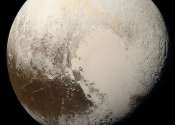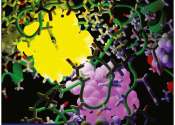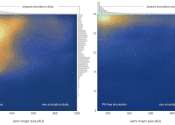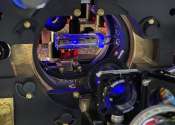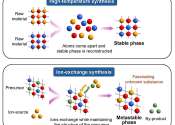Astrophysicists solve mystery of heart-shaped feature on the surface of Pluto
The mystery of how Pluto got a giant heart-shaped feature on its surface has finally been solved by an international team of astrophysicists led by the University of Bern and members of the National Center of Competence in ...
